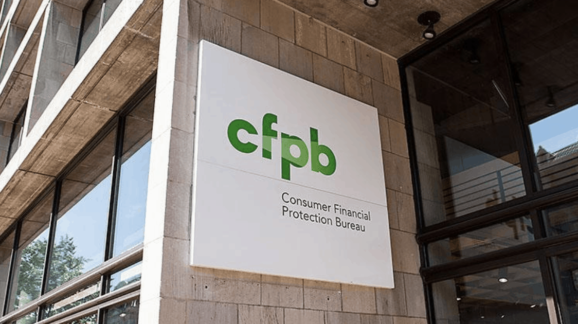CFPB Court Defeat a Welcome Reminder of who Makes the Rules

The Consumer Financial Protection Bureau suffered a stinging reverse in court last week when its action against Chicago-area mortgage company Townstone Financial was dismissed. What is most interesting about the case is not that the court found that the CFPB had over-reached – we know it does that – but that the court said it did so based on a regulation from 1975 – long before the CFPB was created. The case should encourage Congress to take a look at not just the CFPB’s regulations, but many other agencies’ as well.
The regulation in question is Regulation B of the Equal Credit Opportunity Act (ECOA.) Since 1975, it has been used against credit issuers for discouraging applications on racial or other discriminatory grounds. The CFPB decided that Townstone, which uses a radio show to advertise its products in connection with local news, had discouraged applications from racial minorities by making several references to crime and unpleasant areas of local towns. This would itself be a stretch – effectively restricting Townstone’s political speech because of its links to commercial speech – but that wasn’t what the judge expressed concerns about.
Instead, the judge looked at the authorizing language of the ECOA. He found that the legislative language unambiguously referred to applicants, and did not include prospective applicants in that category. Therefore, the entire foundation of Regulation B’s references to prospective applicants was based on sand. The law did not empower the CFPB or its predecessors to craft regulations about prospective applicants; it had to restrict its regulation to the treatment of actual applicants.
In doing so, the judge deployed what is known as a Chevron analysis. Dating back to the Supreme Court ruling in Chevron U.S.A., Inc. v. Natural Resources Defense Council, Inc. (1984,) Chevron analysis is a test for whether or not an agency’s interpretation of the law is owed deference. Chevron deference has been used many times to allow dubious regulations to stand, but that is most often a problem under Chevron Step Two. Here the judge applied Chevron Step One, which asks whether the law in question is ambiguous on the question at issue. If the law is unambiguous, no regulation that goes beyond it can be valid.
As stated above, this regulation has been in place in one form or another since 1975, but this is the first time a Chevron analysis has been applied to it. While other courts may disagree with this one, and the Bureau will almost certainly appeal, the case is a welcome reminder that when Congress authorizes an agency to regulate, it does so with certain boundaries. An agency that seeks to redraw those boundaries is acting outside its powers.
Congress needs to get some idea of how common agencies ignoring its instructions is. Oversight committees should hold hearings aimed at getting to the bottom of this. Congress should look at agencies that may be claiming ambiguity where none exists, at agencies that exploit ambiguity to increase their powers beyond Congress’ intent, and at the use of regulatory “dark matter” to avoid other constraints Congress has put on rule-making powers.
The Constitution vests all legislative power in Congress (Article I, Section 1) and if the Congress chooses to delegate some of that power (if such delegation is actually permissible) then it is incumbent upon it to ensure that delegated power is used properly. The CFPB’s defeat in court suggests that there may be a widespread problem.